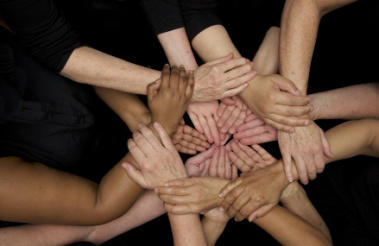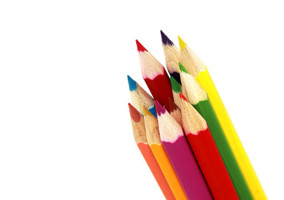Anyone who followed #CharitySoWhite on Twitter last month must surely share the feeling that the genie is out of the bottle. If you doubt that racism is a problem in the charity sector, a few minutes reading those posts will set you straight. And now that it’s out there, we’ll have to do something about it. Right?
You’d think so but, as the campaign’s originator, Fatima Iftikhar, pointed out while the hashtag was trending, there was a “deafening silence” from most charity CEOs and leaders – those who can actually do something about it.
This reminded me of a conversation I had recently with Tom Lawson, CEO of Turn2Us, who bared his soul in a hard-hitting article for this publication last year, acknowledging the inherent privilege that he enjoys as a middle-class, white male. In our conversation, Tom said that when he tries to talk to white people about race, they generally find it difficult and want to close the conversation down. “It’s what black people experience all the time – a denial or watering down of the issue, people saying it’s not just about race, it’s also about class, or gender, or disability,” he said. “Even when people start the discussion themselves, when it begins to get uncomfortable, they slip away.”
One reason for this, Tom suggests, is that people are scared of saying the wrong thing and offending someone or getting criticised. I’m sure he is right – I’ve written before in this column about the impact language can have. The Citizens Advice slide that sparked #CharitySoWhite, with its headline “Barriers we find in BAME communities” above characteristics such as “very close-knit, extended families” and “a distrust of British authorities”, is a prime example of why choice of language is so critical. This tweet from @Reema_Patel encapsulates the issue perfectly: “Oh dear me. This is hugely offensive. And as for close knit, extended families I’ll take mine thank you very much – that’s not a barrier, it’s a strength.” A similar point was made by @_tatianacosta: “The fact that a lot of these are looked at as barriers and not meeting people where they’re at is mind blowing.”
Describing elements of people’s culture as “barriers” to someone else’s efforts is never going to go down well. And, when an organisation’s very reason for being is to help the most vulnerable and marginalised in society, creating such a them-and-us distinction is simply insulting. As @SamDick put it: “There is structural racism in the assumption that people of colour don’t understand or have the aspiration to want your job rather than your help.”
Let’s give the sector’s leaders the benefit of the doubt and assume that the reason most didn’t engage with #CharitySoWhite was because they were afraid of saying the wrong thing, not because they were afraid to embrace the genie. Learning what words to use (and not use) is a good starting point for us all: that’s why Civil Society Media’s next State of the Sector event will be about dismantling racism in the charity sector, and will provide some practical sessions on how to be a white ally, including use of language. Register your interest at civilsociety.co.uk/ RaceToTheTop. In the meantime, this tweet from @kat_isha holds a useful lesson: “Just a reminder ‘allies’: true allyship is what you say about us & for us when we are not in the room. And the point is, we are often not in the room. Or to continue to analogy, not at the table.”
Tania Mason
Related articles












